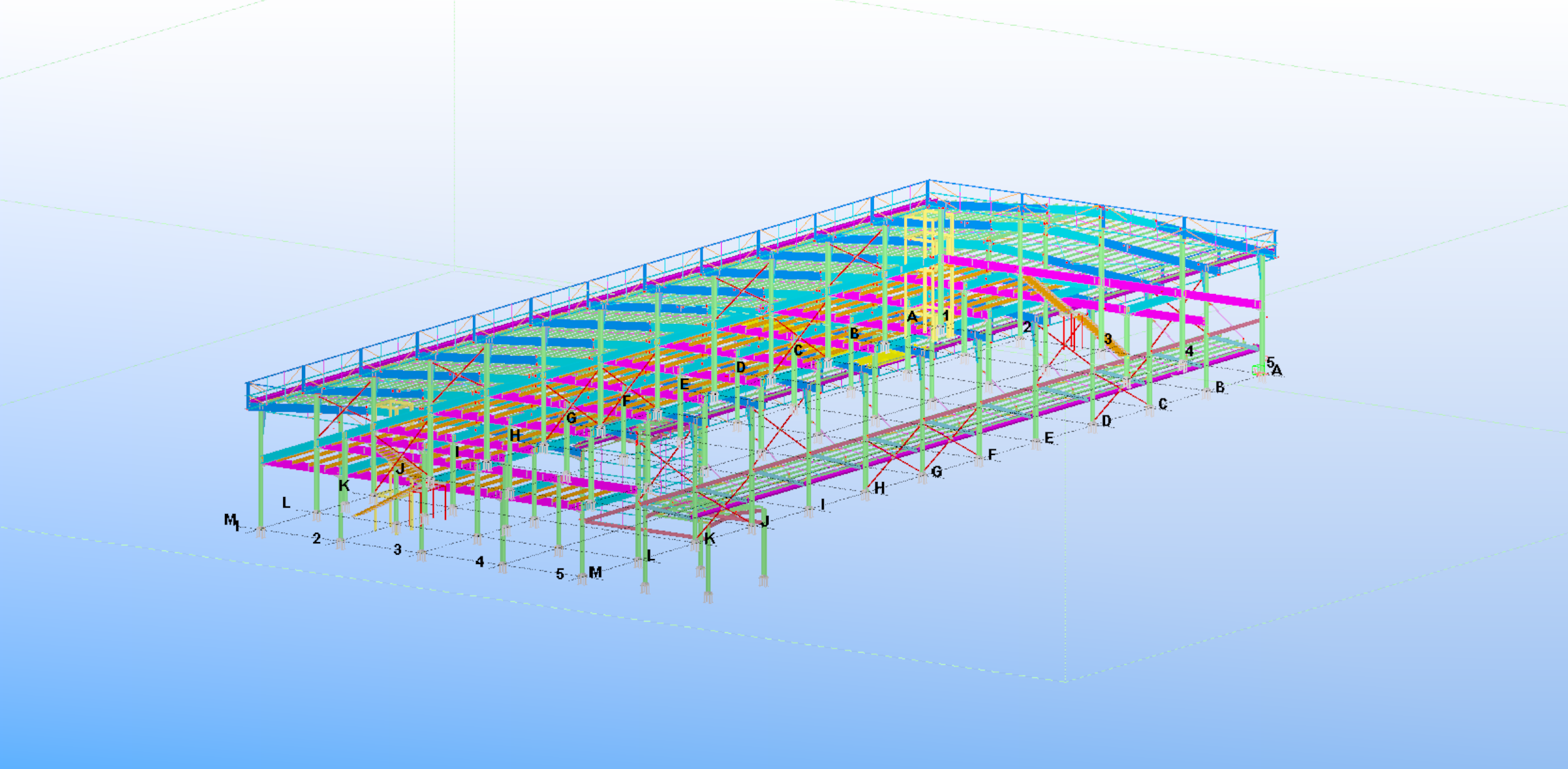Table of Contents
Cost Control Strategies for Box House Construction in Temporary Scientific Research Facilities
Temporary scientific research and experiment facilities play a crucial role in advancing scientific knowledge and innovation. These facilities often require cost-effective and efficient construction solutions to meet the needs of researchers and scientists. One such solution that has gained popularity in recent years is the use of box houses for temporary research facilities. Box houses are prefabricated structures that can be easily assembled and disassembled, making them ideal for temporary use.
When it comes to constructing box houses for temporary scientific research facilities, cost control is a key consideration. Researchers and scientists often work within tight budgets, and it is important to find ways to minimize construction costs without compromising on quality. One cost control strategy that has proven effective is the use of standardized designs and materials. By using standardized designs, builders can streamline the construction process and reduce the need for customizations, which can drive up costs.
Another cost control strategy for box house construction is to carefully plan and optimize the use of materials. By accurately estimating the amount of materials needed for the project and minimizing waste, builders can reduce construction costs significantly. Additionally, sourcing materials from local suppliers can help lower transportation costs and support the local economy.
In addition to cost control strategies, it is also important to evaluate the economic benefits of using box houses for temporary scientific research facilities. One of the main economic benefits of box houses is their flexibility and reusability. Unlike traditional construction methods, box houses can be easily disassembled and relocated to different sites, making them a cost-effective solution for temporary facilities that need to be moved frequently.
Furthermore, box houses are often made from sustainable materials, making them an environmentally friendly choice for researchers and scientists. By using eco-friendly materials in construction, box houses can help reduce the environmental impact of scientific research facilities and contribute to a more sustainable future.

In conclusion, box houses offer a cost-effective and efficient solution for constructing temporary scientific research facilities. By implementing cost control strategies such as using standardized designs and optimizing materials, builders can minimize construction costs without compromising on quality. Additionally, evaluating the economic benefits of box houses, such as their flexibility and sustainability, can help researchers and scientists make informed decisions about the construction of temporary facilities. Overall, box houses are a practical and innovative solution for meeting the needs of temporary scientific research and experiment facilities.
Economic Benefits of Utilizing Box Houses in Experiment Facilities
Temporary scientific research and experiment facilities play a crucial role in advancing various fields of study. These facilities are often used for short-term projects, experiments, or research studies that require a controlled environment. One cost-effective and efficient solution for these temporary facilities is the use of box houses. Box houses are prefabricated structures that can be easily assembled and disassembled, making them ideal for temporary use.
One of the key advantages of using box houses in temporary scientific research and experiment facilities is cost control. Traditional construction methods can be time-consuming and expensive, especially for short-term projects. Box houses, on the other hand, are cost-effective and can be quickly deployed, saving both time and money. By utilizing box houses, researchers and scientists can allocate more resources towards their actual research and experiments, rather than on construction costs.
In addition to cost control, box houses also offer economic benefits in terms of flexibility and scalability. These structures can be easily customized to meet the specific needs of a research project, whether it requires additional space, specialized equipment, or specific environmental conditions. This flexibility allows researchers to adapt their facilities as needed, without the constraints of traditional construction methods.
Furthermore, box houses can be easily relocated to different sites, making them a versatile option for research projects that require mobility. This mobility can be particularly beneficial for field studies or experiments that need to be conducted in different locations. By using box houses, researchers can easily transport their facilities to new sites, without the need for extensive construction or renovation.
Another economic benefit of utilizing box houses in temporary scientific research and experiment facilities is the potential for cost savings in the long run. Traditional construction methods often require ongoing maintenance and repairs, which can add up over time. Box houses, on the other hand, are designed to be durable and low-maintenance, reducing the overall cost of ownership.
In conclusion, the use of box houses in temporary scientific research and experiment facilities offers significant cost control and economic benefits. These structures provide a cost-effective and efficient solution for researchers and scientists, allowing them to focus on their research and experiments, rather than on construction costs. With their flexibility, scalability, mobility, and low-maintenance design, box houses are a practical choice for temporary facilities in the field of scientific research. By utilizing box houses, researchers can maximize their resources and achieve their research goals more effectively.

